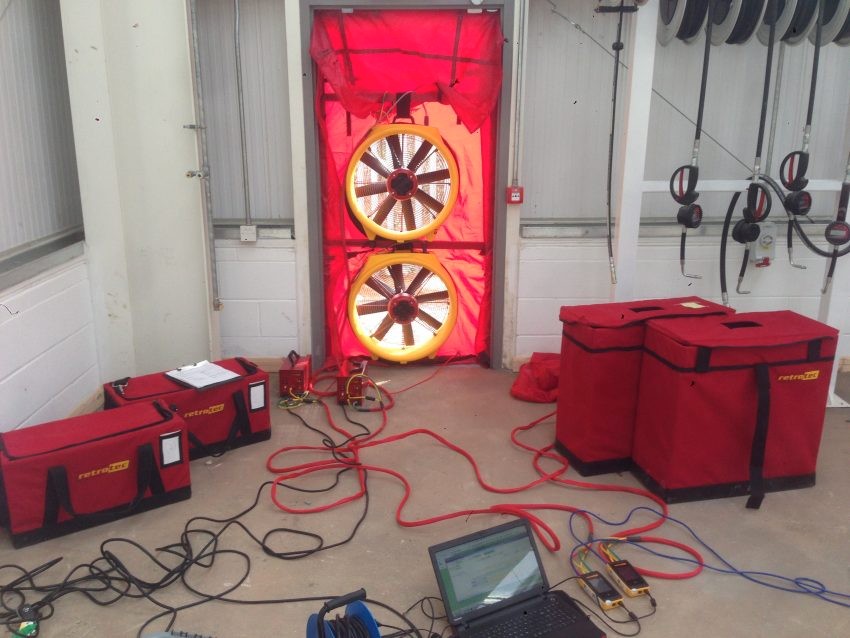Air tightness testing can be a valuable tool for helping to determine the effectiveness of your insulation and sealing. However, there are a few things you should know about air tightness testing before you get started.
What is air tightness testing?
Air tightness testing is a way of measuring the amount of air leakage in your home or building. The goal of this test is to find out how much air is passing through cracks and leaks in your building envelope. The more air escaping from these areas, the less energy efficient your home or building will be.
Air leakage can occur in many places: around electrical outlets, around windows and doors, around attic hatch covers, under siding and even around pipe penetrations in masonry walls. Sealing these areas up can help reduce energy bills by reducing heat loss from your home.
Why do I need it?
The EPA estimates that up to 25% of energy consumption goes toward heating and cooling homes that aren’t well sealed against outdoor temperatures. Air leakage accounts for about half of this wasted energy since warm or cool outdoor air comes into contact with indoor surfaces like walls, ceilings and floors where it causes additional temperature fluctuations within a home’s interior spaces.
Air tightness testing is a method of testing the quality of building envelopes. It involves measuring the amount of leakage through various building elements, including walls, windows and doors.
Air tightness testing is used by builders and architects to improve the design of a building envelope. A well-designed building envelope will result in better indoor air quality, lower energy bills and reduced noise levels.
Infrared thermography (IRT) uses infrared cameras to measure the surface temperature of a building element compared with its surroundings. Changes in temperature indicate where there may be moisture or condensation problems, which can lead to mould growth.
Passive radon detection measures radon gas levels in indoor air by analysing trapped gases from a vent pipe connected to the outside air supply.
Pressurization tests fill rooms with pressurized air, then seal off all entrances for five minutes before releasing it again and measuring how much leaks out during this time period (if any).
Air tightness testing is a way for builders, developers and property managers to ensure that the homes they build or manage are as energy efficient as possible.
When a house is air tight, it means that there are no leaks or drafts coming from anywhere inside. This will allow you to save money on your utility bills and make your home more comfortable because there will be less outside air coming in.
Air tightness testing is usually done by using blower doors at different locations throughout the home. The blower door creates negative pressure by sucking out all of the air inside the house through various vents and exhaust fans. A gauge then measures how much pressure is being exerted on the exterior walls of the house, meaning that if there is any leaky ductwork or broken windows then this can be easily identified during an air tightness test as well.


